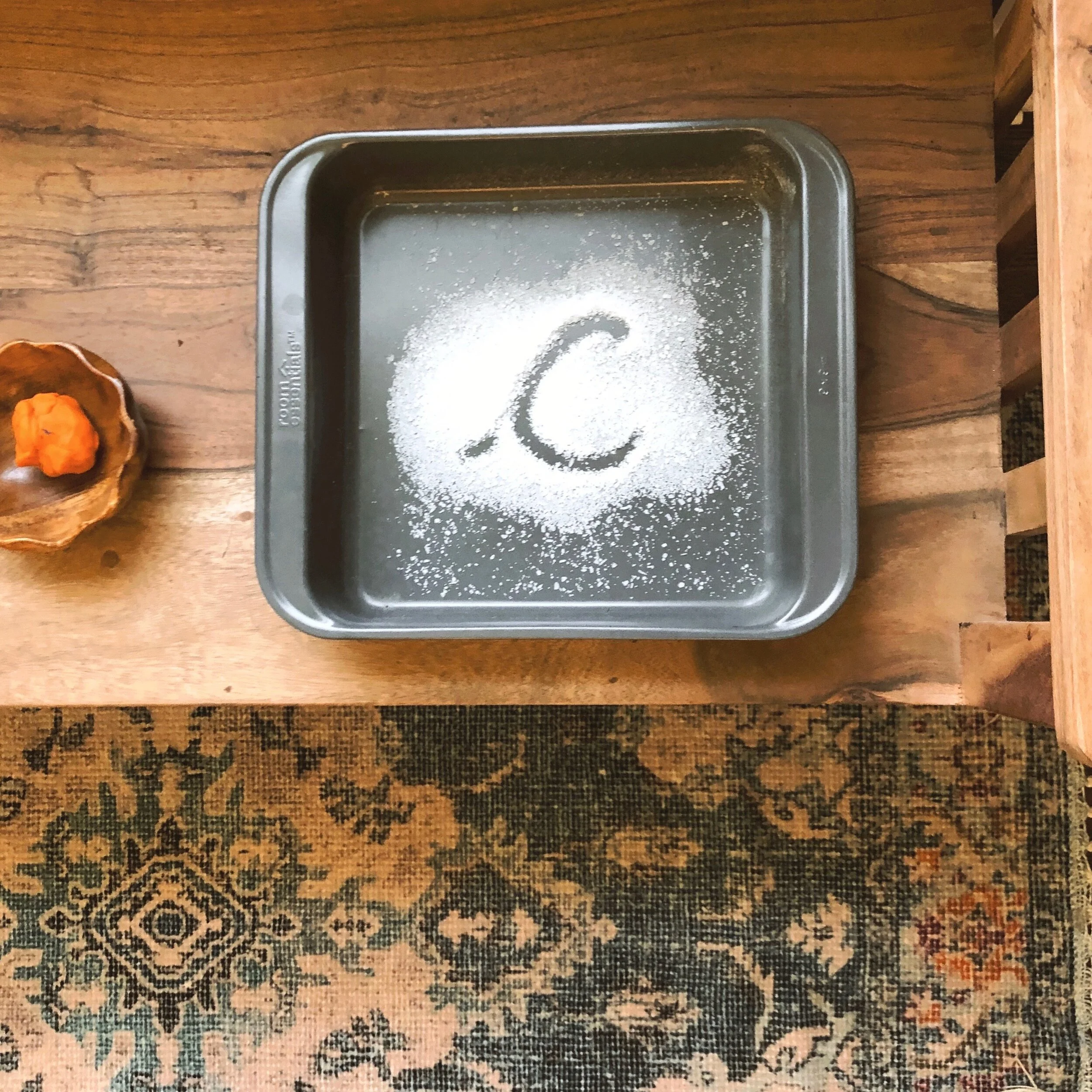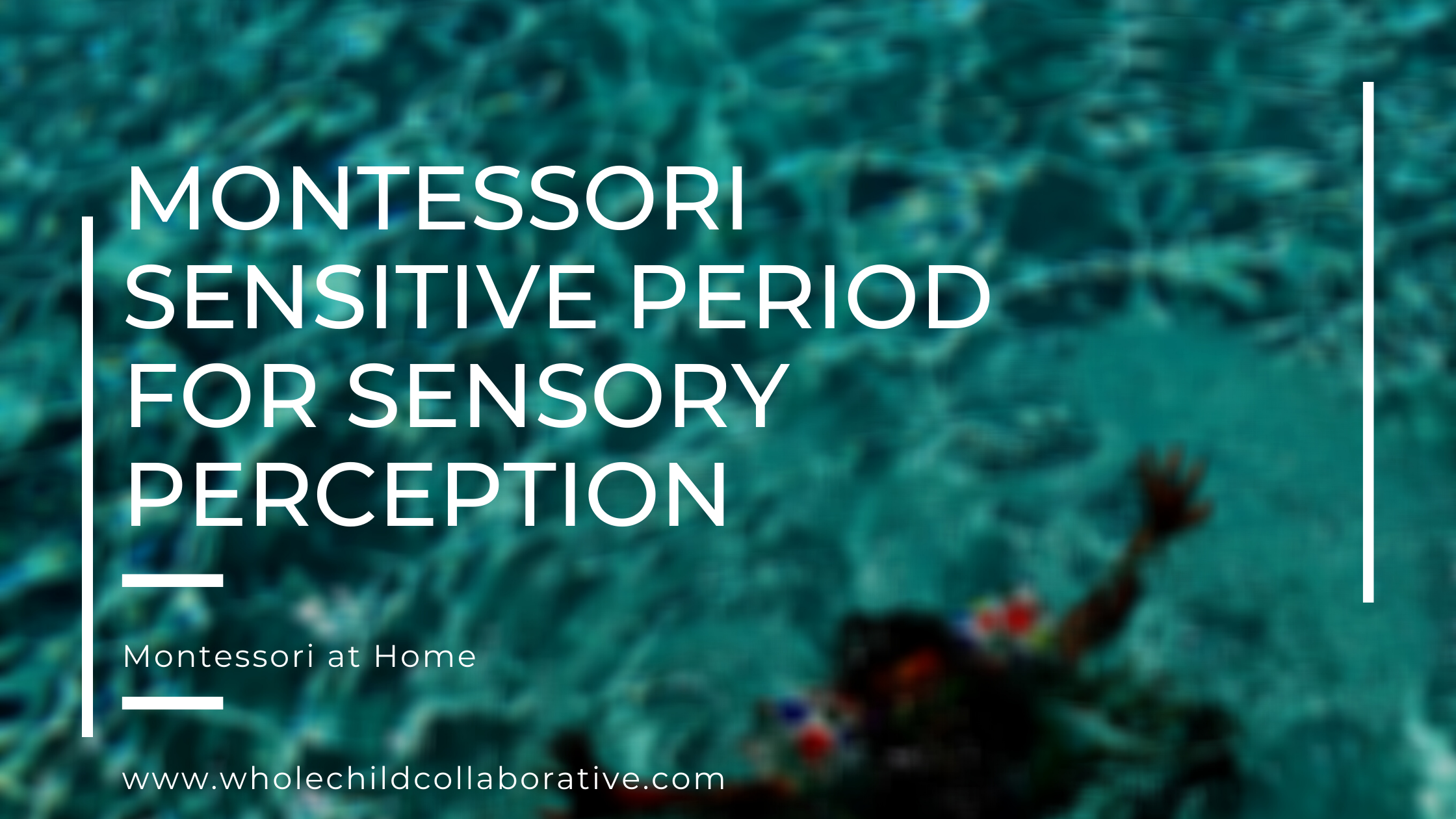Montessori: Practical Life
/The Montessori classroom is broken down into four major curriculum areas: Practical Life, Sensorial, Math and Language. In the classroom, no area is off limits for any child. Three year olds love math and kindergarteners love practical life! Today, let’s talk about practical life.
Practical life is practical! This area includes activities of daily living. Practical life activities may seem simple, but are incredibly valuable in supporting motor control, cognitive development, concentration and independence. Practical life activities support the sensitive periods for order, movement, sensory perception and even language! Practical life activities vary based on culture and environment. These activities give children a sense of confidence and belonging. Even the youngest member of a household can feel like a valuable, contributing family member through practical life activities. In the 1946 London Lectures, Dr. Montessori wrote: “It is interesting to notice that where life is simple and natural and where the children participate in the adult’s life, they are calm and happy.” The practical life curriculum is typically broken down into four main areas—control of movement, care of self, care of environment and food preparation.
Control of Movement: Activities in this area include things like dry and wet pouring, spooning, and tonging activities. These activities support fine motor control and isolate skills needed for larger practical tasks. For instance, a child will master using a spoon by spooning something dry before using a spoon to spoon out ingredients for baking. A child will master pouring with two pitchers before pouring for a larger task like table scrubbing or serving themselves a drink. This gives the child a sense of mastery in a way that is low stakes and builds confidence. When thinking through control of movement activities to put out, look beyond how cute the activity is. Ask yourself what skills are being mastered or if those skills could be practiced in a low stakes way as part of another activity that is actual practical.
Care of Self: This is pretty self explanatory. The care of self area provides children the opportunity to…you guessed it…care for themselves! This includes activities like nose blowing, buttoning, zipping, buckling, hand-washing, and nail scrubbing. The care of self area can be modified to meet your child’s specific needs. Have a child with glasses? Add in a glasses cleaning activity that can be utilized when needed.
Care of Environment: This area includes activities that care for the environment, whether that’s at home or school. Activities include dusting, sweeping, polishing and plant care. These activities can be modified based on interest and culture. I love plants and find myself adding several plant care activities both at home and in my classroom. Love to cook? Add in activities like oiling cutting boards. These activities should range from one step activities to activities with many steps. An activity like table scrubbing may include many items and several steps. Practicing activities with multiple steps supports motor development and important executive functioning skills.
Food Preparation: This is also pretty self explanatory. Like control of movement, food prep activities scaffold the skills children need to prepare food. Isolated activities like spreading, slicing, peeling and chopping are often introduced to give children a foundation with kitchen skills. If you want to get your child in the kitchen more often, start with some isolated food preparation activities like cheese grading, peeling or slicing.







